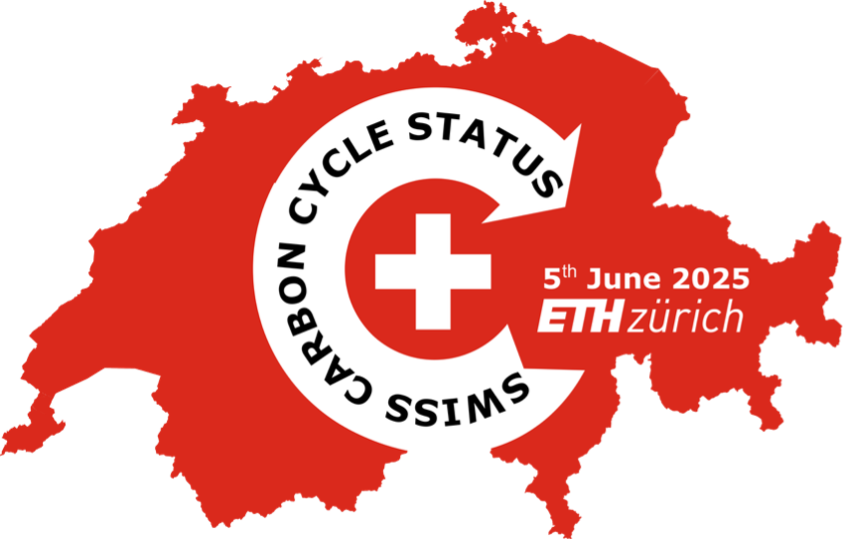Everyone talks about carbon. Some want to eat more carbohydrates, others ride ultra-light carbon bikes—and most of us emit far too much carbon dioxide. In fact, carbon is one of the fundamental elements of life. Its cycle spans the entire planet, linking the lithosphere, biosphere, hydrosphere, and atmosphere. Our modern societies have developed rapidly through the burning of fossil fuels, enriching the atmosphere—and subsequently the oceans—with CO₂. This imbalance creates a cascade of global challenges.
At the Swiss Carbon Cycle Symposium, experts from a range of disciplines came together to share the latest research findings from their fields. A key message emerged: to address these large-scale problems, we need interdisciplinary collaboration and proper science communication.
As someone working on quantifying aboveground biomass and forest carbon, I was particularly interested in the discussion about whether Swiss forests currently act as a carbon sink or a carbon source. According to Dr. Esther Thürig from the Swiss Federal Institute for Forest, Snow and Landscape Research (WSL), Swiss forests are still a carbon sink. This is largely due to forest expansion along elevation gradients in the Alps, with the tree line shifting upward in response to climate change. However, this effect is offset by increasing tree mortality—especially among common species like Fagus sylvatica (European beech)—due to rising temperatures and more frequent summer droughts. As a result, these processes tend to cancel each other out, making the Swiss forests’ carbon budget roughly neutral. Real Swiss forests.
Prof. Dr. Nina Buchmann from ETH Zurich highlighted the importance of scale when discussing carbon dynamics. For instance, when considering entire ecosystems, newly established forests are still a carbon source because of high respiration rates in their soils. Forests typically become carbon sinks only after a decade once trees reach a certain size and maturity and photosynthesis outweighs respiration.
Another fascinating point was a brief introduction to carbon dioxide removal (CDR) by Dr. Cyril Brunner, also from ETH. Since some emissions of CO₂ and other greenhouse gases are unavoidable, we must find ways to remove CO₂ from the atmosphere and store it long-term—such as in geological formations. While this field is still in its early stages, CDR plays a necessary role in climate change mitigation. Importantly, it must complement, not replace, efforts to reduce emissions at the source.
Whether you’re into carbohydrates or carbon-fiber bikes, reducing your CO₂ emissions and supporting innovative solutions are essential steps toward stabilizing our carbon cycle, on which life ultimately depends.
Text: Samuel Hepner

